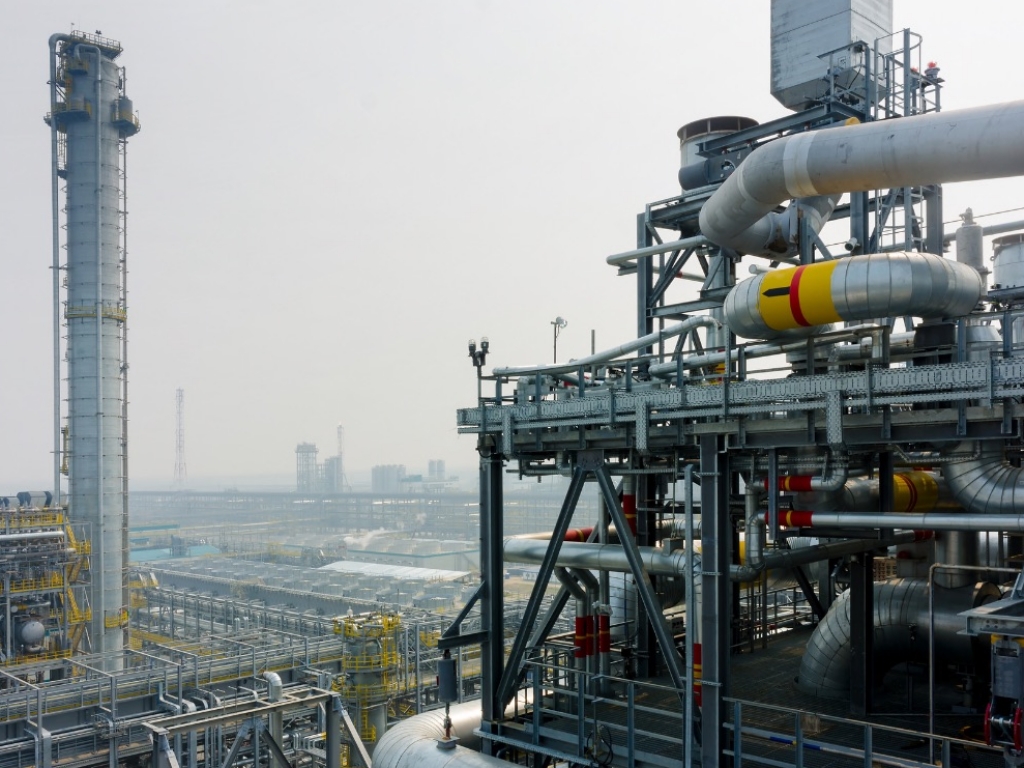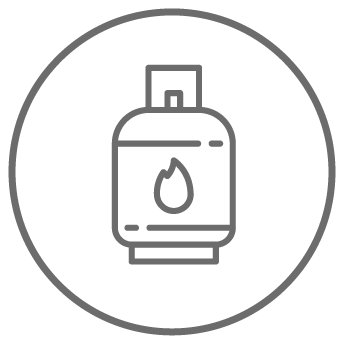Unsaturated hydrocarbons - Definition
07 Giugno 2022

When discussing hydrocarbons, it is important to keep in mind the distinction between saturated hydrocarbons, with simple carbon-carbon bonds, and unsaturated hydrocarbons, with multiple carbon-carbon bonds. In both cases we are dealing with aliphatic hydrocarbons, which in turn can be monocyclic or polycyclic. The latter result from the condensation of multiple benzene rings, while aromatic hydrocarbons are unsaturated cyclic compounds with low reactivity.
Characteristics of hydrocarbons
The hydrogen content determines the chemical behavior of hydrocarbons, which is why in chemistry a distinction is made between those that are hydrogen-rich or saturated and those that are hydrogen-poor or unsaturated. Generally, the latter are more reactive, to the point that saturated ones are instead called paraffins and are inert substances.
In turn, the different abundance of hydrogen is related to the bonds that join the carbon atoms together: in saturated hydrocarbons there will be simple bonds leading to alkanes, while in unsaturated hydrocarbons there are double or triple bonds that generate the so-called alkenes and alkynes.
The higher reactivity of unsaturated hydrocarbons is due to the greater instability of the double or triple bonds due to the presence of \piπ molecular orbitals that are less robust than \sigmaσ orbitals. Such molecular electronic configuration makes chemical reactions that are very important for industry easier. One example is the polymerization reaction that underlies the production of a great many plastics such as the polyethylene from which common shopping bags are made or the polypropylene from which plastic cups are made.
However, these are just one of the uses of unsaturated hydrocarbons, which are produced, distributed and marketed by specialized companies such as Settala Gas.
Classification of hydrocarbons
At a first level, hydrocarbons are classified according to their physical state under conditions of ambient pressure and temperature. In this sense we have:
- Solid or semisolid hydrocarbons: constituents of asphalt, bitumen, paraffin waxes, etc.
- Liquid hydrocarbons: constituents of (crude) petroleum, benzene, hexane, octane, etc.
- Gaseous hydrocarbons: methane, ethane, propane, butane, etc.
A second classification can be made on the basis of the chemical properties of hydrocarbons, and in this case a common distinction is made between:
• aromatic hydrocarbons: endowed with "aromaticity," a chemical property imparted by a benzene ring, which makes them particularly stable;[1]
• aliphatic hydrocarbons: not endowed with aromaticity
Only at this point can we speak of saturated or unsaturated hydrocarbons, where saturated hydrocarbons are those that contain at least one multiple (i.e., double or triple) C-C bond. The bonds formed by two or more atoms present in the carbon chain that makes up the skeleton of the molecule have trigonal geometry because they are sp2 hybridized, or they have linear geometry because they are sp hybridized; at least one double bond, σ + π, is present in the skeleton of the molecule. The main unsaturated hydrocarbons include:
o alkenes (or olefins): noncyclic and with a C=C double bond, having general formula CnH2n
o dienes (or alkadienes), trienes (or alkatrienes), polyenes: noncyclic and having two, three or many C=C double bonds, respectively
o cycloalkenes: cyclic, with one C=C double bond, having general formula CnH2n-2
o alkynes: noncyclic and having one C≡C triple bond, having general formula CnH2n-2
o diynes (or alkadiynes), triynes (or alcatriynes), polyynes: noncyclic and having two, three, or many C≡C triple bonds, respectively
o cycloalkynes: cyclic, with one triple bond, having general formula CnH2n-4
O cyclopenes and cyclopolyenes: cyclic and having multiple C=C double bonds or multiple C≡C triple bonds, respectively.
O if the compound contains both double and triple bonds, suffixes are added (e.g., alkenynes)
Use and chemical processes involving hydrocarbons
As can be seen, there are truly many compounds and types of hydrocarbons in existence, and therefore it would be impossible to mention all the reactions in industry involving them. Among these, Settala Gas emphasizes:
• cracking: this is an industrial chemical process aimed at the formation of low molecular weight paraffins from high molecular weight paraffins
• catalytic reforming: is a process aimed at obtaining a product having a higher octane number. From paraffins, olefins, aromatics, branched isomers and shorter chain molecules are formed
• polymerization: is exploited to obtain polymers, that is, molecules having very high molecular weights; polymers of a hydrocarbon nature are, for example, polyethylene and polypropylene.
Contact us to learn more about hydrocarbons and learn about all the uses and uses of unsaturated hydrocarbons for industry.
Contact us for more information about the world of hydrocarbons!
Contact us
Last News




